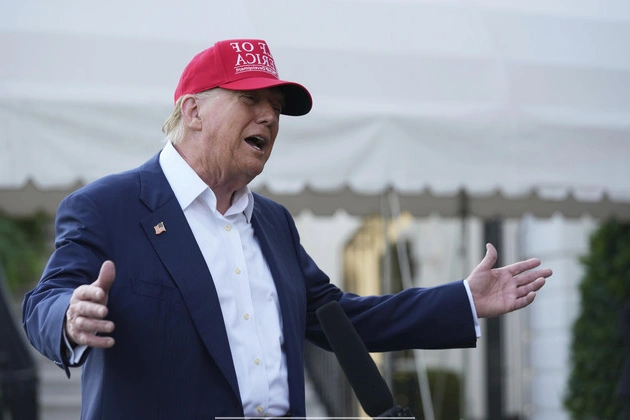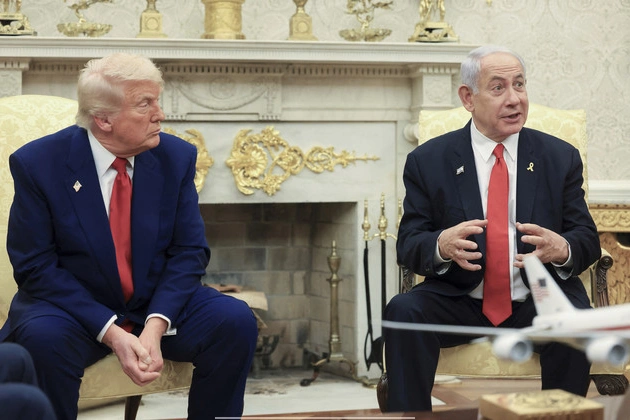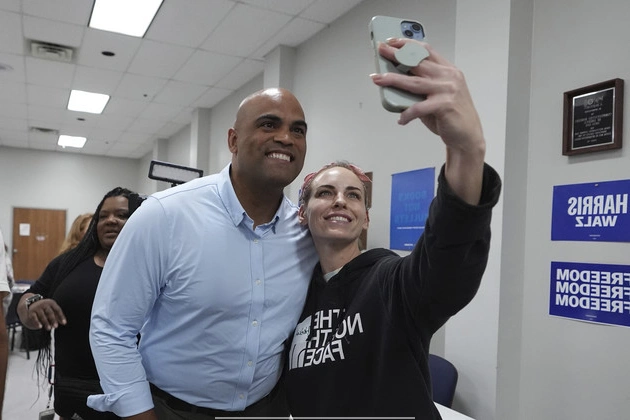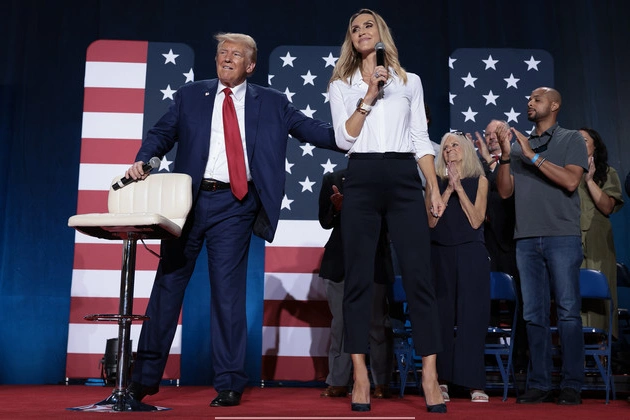
White House officials have emphasized that multiple countries have presented initial offers to avoid impending tariffs, signaling progress in President Trump’s trade strategy.
Clarifications on Trade Proposals
Contrary to final offers, the documents submitted by foreign countries serve as preliminary outlines for potential trade discussions. Some nations hesitate to propose terms without clear guidance from the U.S., fearing one-sided negotiations.
Concerns and Uncertainties
The ongoing tensions highlight the confusion and skepticism surrounding Trump’s trade approach and the anticipated outcomes of these reciprocal tariff negotiations.
Despite the temporary tariff pause, the U.S. economy faces challenges due to existing tariffs, increasing pressure on the administration to demonstrate progress in trade talks.
Evolving Trade Dynamics
The White House has received ‘pieces of paper’ from various countries suggesting trade concessions to avoid escalated tariffs, showcasing incremental progress in negotiations.
Challenges and Negotiation Strategies
While the U.S. claims to have reached numerous trade agreements, the focus has shifted to detailed ‘proposals on paper’ from select countries, setting the stage for deeper trade discussions.
As negotiations unfold, countries are grappling with the pace set by the U.S., with some expressing doubts about meeting tight deadlines amid domestic considerations.
Transparency and Red Lines
The administration’s insistence on a clear framework for negotiations underscores the importance of transparent trade terms, with red lines drawn to delineate non-negotiable tariff levels.
However, uncertainties persist among trading partners regarding the White House’s expectations and the potential impact of proposed concessions on existing tariffs.
EU-U.S. Relations and Negotiation Progress
EU-U.S. discussions are in the initial stages, focusing on defining priorities and addressing regulatory disparities to pave the way for substantive trade talks.
Amidst evolving trade dynamics, strategic patience and nuanced negotiation strategies are crucial for both sides to navigate complex trade issues effectively.
Regular updates and clarifications are essential to foster mutual understanding and progress in trade negotiations between the EU and the U.S.











